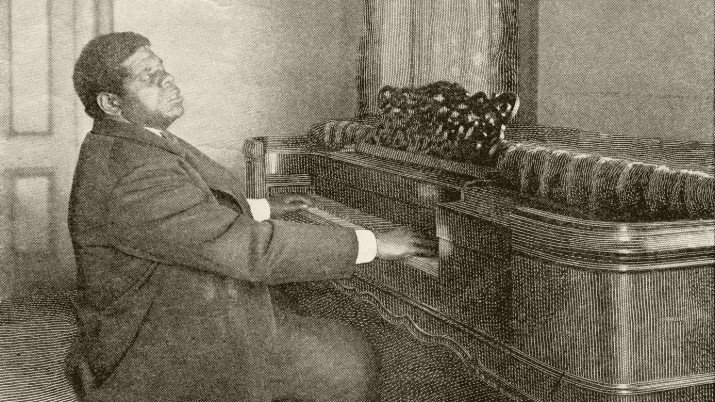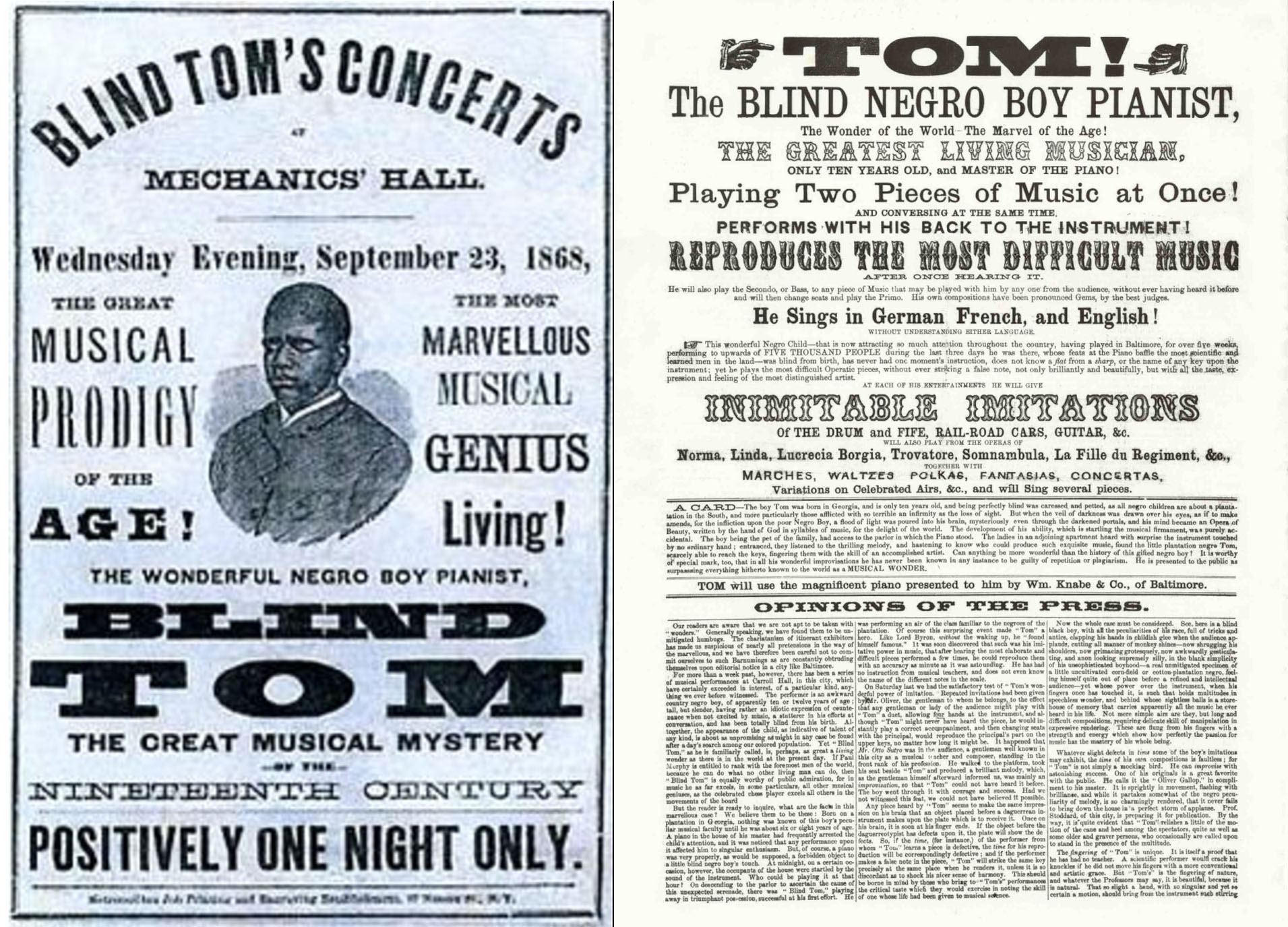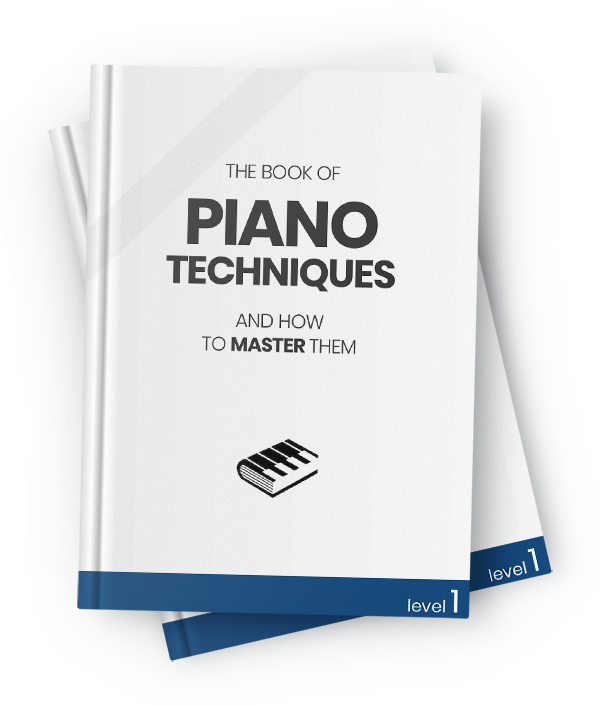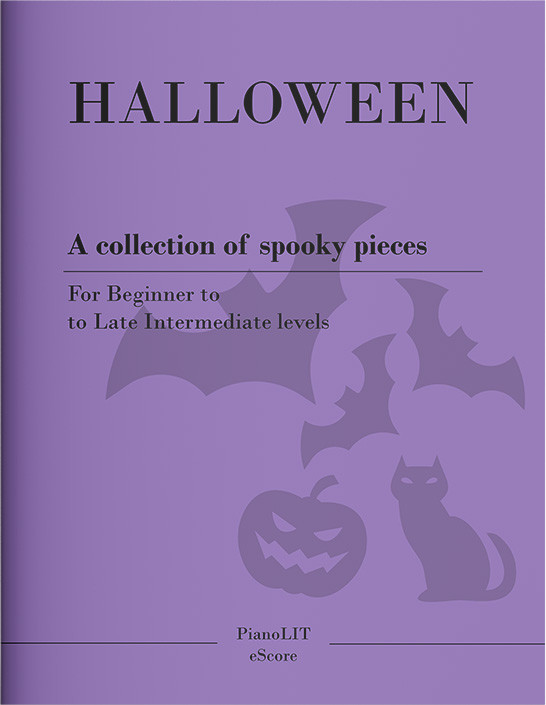Who Was Thomas Wiggins? The Untold Story of a Slave, a Prodigy, and a Composer
Thomas Wiggins, a blind prodigy born into slavery in Georgia during the Civil War era, was never acknowledged as a true composer. It’s time to rediscover his music and honor his legacy.
Feb 7, 2023 • 6 min read
1648

Want a heads up when a new story comes out?
Rainstorm
“Rainstorm” is not just a piano piece—it’s an experience. Written to evoke the rumble, chaos, and beauty of a powerful thunderstorm, it stands as a stirring example of descriptive music, a style meant to portray real scenes through sound.
From the first few measures, the listener is drawn in by gentle, uncertain lines. Then, the atmosphere shifts. Thunderous tremolos in both hands begin to roll in like distant clouds. A storm approaches—gathering strength—until descending octaves crash down like sheets of rain and lightning bolts. It’s vivid, physical, and cinematic. And yet, few today know the name of its composer.
This piece was written by a blind musical prodigy born into slavery in Georgia in 1849. His name was Thomas "Blind Tom" Wiggins, and his story is one of extraordinary talent, eccentricity, and injustice.
The Life of Thomas Wiggins: Talent in Chains
Thomas Wiggins was born blind to enslaved parents. His mother, Charity, had to plead with their enslaver, General James Bethune, to spare her son’s life. Bethune agreed—purchasing the entire family. Tom displayed strange behaviors from an early age—behaviors we might now associate with autism. He was nonverbal, hypersensitive to sound, and capable of astonishing mimicry. He could reproduce full conversations, replicate the sound of tools and machinery, and play music he had only heard once.
His gift was discovered one night when he wandered into the Bethune house and began playing piano pieces his enslaver’s daughters had been practicing. Instantly recognizing his value, Bethune turned the young boy into a touring spectacle.
Wiggins’s concerts were not billed as celebrations of musical genius. They were sideshows—disturbing reflections of a society that couldn’t see a Black blind musician as anything but a curiosity. His fame spread, but his autonomy never grew.
 A promotional brochure for Thomas Wiggins (also referred to as Blind Tom)
A promotional brochure for Thomas Wiggins (also referred to as Blind Tom)
A Composer’s Voice Through Descriptive Music
Though treated as a novelty, Wiggins was a serious composer. One of his most remarkable works is “The Battle of Manassas,” a vivid musical reenactment of the Confederate victory during the Civil War. He had never seen the battle, of course—but through second-hand stories and his powerful imagination, he reconstructed it in sound: anthems, marching rhythms, cannon blasts rendered with cluster chords.
It’s tempting to interpret this work politically, but that would be a mistake. Wiggins didn’t choose sides—he reflected what he heard. The Confederate anthem was the dominant soundscape of his world, and so it entered his music. As one biographer put it, “he heard a single voice through the South: that of the Confederacy.”
Other compositions also showcase his auditory brilliance:
“Sewing Song” mimics the repetitive whir of a sewing machine in the upper register, beneath which a soulful melody hums—a reminder of domestic life.
Download the score of Sewing Song
“Water in the Moonlight” unfolds like a spiritual, with rich harmonies and a mesmerizing rhythm that evokes shimmering reflections on a quiet lake.
Legacy and Rediscovery
When the New York Times reported Thomas Wiggins’s death in Hoboken, New Jersey, in 1908, it wasn’t the first time such news had circulated. But even in death, his story continued to be exploited. Impersonators toured the country posing as “Blind Tom,” turning his name into a spectacle once more. Over time, his music faded into obscurity. Though he had once been a national sensation, he was rarely recognized as a serious composer.
Featuring his works on our website, app, and YouTube channel is our way of honoring Thomas Wiggins—a composer whose music deserves a place in the classical canon. It’s part of our broader effort to revive interest in his compositions and help restore his rightful place in music history.
•••
- PianoLIT resources for Sewing Song: https://my.pianolit.com/pieces/816
- PianoLIT resources for The Rainstorm: https://my.pianolit.com/pieces/819
- PianoLIT resources for Water in the Moonlight: https://my.pianolit.com/pieces/686
- He Was Born Into Slavery, but Achieved Musical Stardom, New York Times article: https://www.nytimes.com/2021/03/03/arts/music/thomas-wiggins-blind-tom-piano.html
- When Mark Twain met Blink Tom Wiggins: http://usslave.blogspot.com/2013/02/when-mark-twain-met-blind-tom-wiggins.html
- The Ballad of Blind Tom, book by Deirdre O’Connell: https://www.amazon.com/Ballad-Blind-Tom-Slave-Pianist/dp/1590201434/


